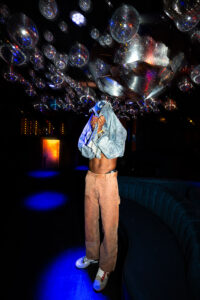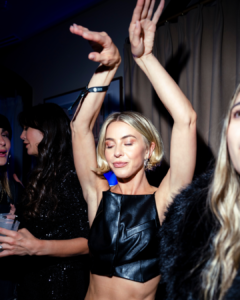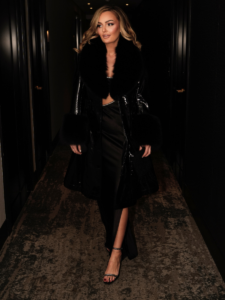Exclusives
How Zohaib Aziz and Matt Campoli Turned Coffee Parties Into a Global Daytime Movement
From Toronto to Miami, The Coffee Party is the movement blending coffee, music, and community, reflecting a shift toward mindful, sober, and elevated daytime culture.
- By: Julianne Elise Beffa I Photos By: @von.gvbriel & The Coffee Party
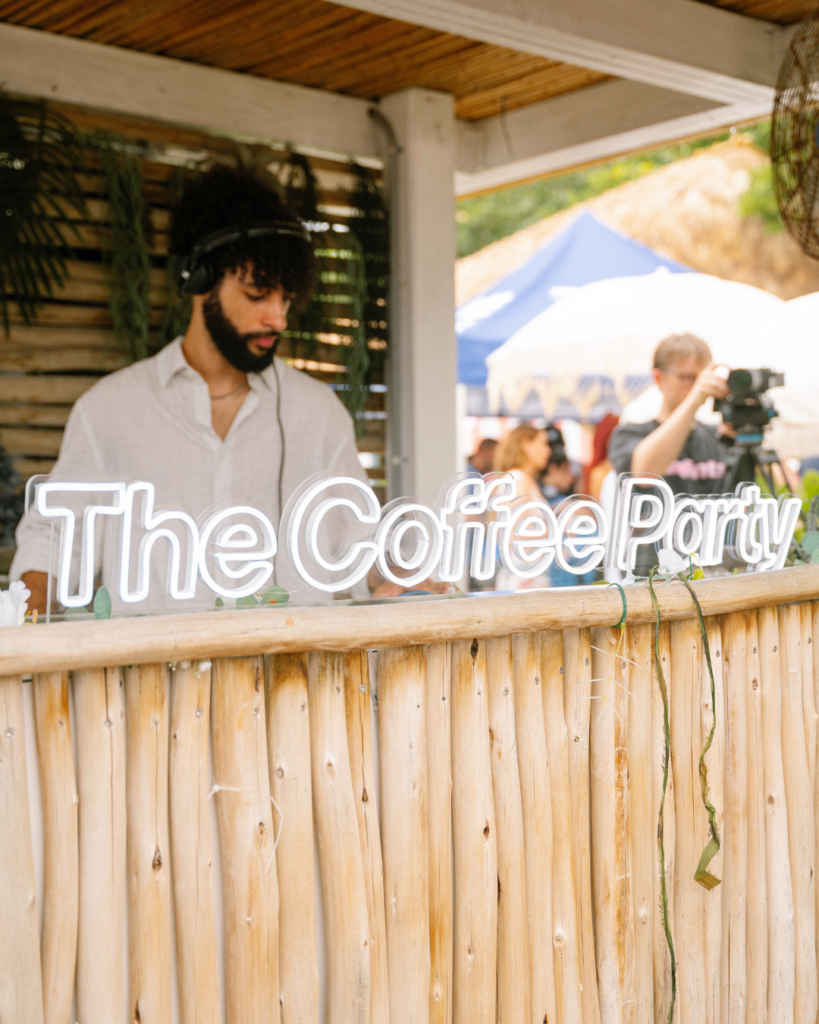
Sunlight streams through open windows as the bass pulses lightly through the room. People sway with coffee in hand, laughing and chatting while DJs spin upbeat sets that make the morning feel electric. Tables are lined with local roasters, vendors, and artisanal bites, and the air hums with energy that feels equal parts festival and neighborhood gathering. This is The Coffee Party, where daytime becomes prime time, and connection, music, and caffeine come together to create a celebration unlike any other.
Founded in Toronto in 2024 by entrepreneurs Zohaib Aziz, Matt Campoli, Greg Glen, and Matty Tsoumaris, The Coffee Party began as a modest pop-up blending coffee, music, and human connection. What started with a handful of local DJs and intimate gatherings quickly evolved into a global movement. Today, The Coffee Party has stretched its footprint to Miami, Barcelona, New York, and more cities on the horizon, rewriting the rules of how people gather and socialize.
In an exclusive interview with LOOP Mag, CEO of The Coffee Party, Zohaib Aziz explains the spark behind the movement. “For years I was deep in nightlife filled with late nights, meaningless conversations, and a lifestyle that felt repetitive and empty. When I stepped away from that world and started focusing on my health, it changed everything. But I quickly realized there wasn’t a community for people who wanted to live that same balanced lifestyle, people who wanted to have fun, connect, and feel good without the pressure of alcohol. Most wellness experiences were centered around performance, training for races, high-intensity workouts, pushing your body to the limit. I love that side of it, I run marathons and I’ve done Hyrox, but The Coffee Party was built to be the reward. It’s that serotonin rush you get after finishing a race, without the pain. It’s fun, connection, and celebration without consequence. Toronto made sense as the place to start. It’s home. It’s one of the most multicultural cities in the world, and if a movement like this could thrive here, we knew it could work anywhere.”

The early validation came quickly. “That moment came at our second event. We pulled up to Baro on King Street, looked over the rooftop, and saw a line that stretched all the way down the block. We just stood there in disbelief. None of us expected that kind of turnout, especially for something built around coffee and community rather than alcohol or nightlife. Seeing that crowd, that energy, that excitement, that’s when we realized this was bigger than an event. It was the start of a movement,” Zohaib recalls.
CMO of The Coffee Party, Matt Campoli, emphasizes the importance of structure and consistency. “We stick to a format. A morning movement class like a run club or Pilates has been a huge hit, followed by our event from 11 a.m. to 3 p.m. With the power of social media, we were able to meet some incredible partners in each city that align with us in an amazing way.” Social media has been central to their growth. “Social media has been everything. It is such a powerful tool to share your story. When we started to share our idea we were blown away with how many people it resonated with globally. Whether it was through comments, follows, DMs to us, it’s what kept the spark there for us consistently. Social media has been the megaphone for us to express our vision worldwide,” Matt says.
Their landmark Toronto event, The Coffee Festival, brought nearly 4,000 guests, 40 local vendors, and three DJ stages together for a morning of caffeinated celebration and connection. Each city’s iteration is carefully curated to reflect its culture. “We love supporting local and bringing talent that matches our energy and vibe. Every lineup feels like that city’s version of The Coffee Party, not a copy-paste. That’s what keeps it fresh,” Matt explains. Scaling globally, especially for what started as a pop-up, has major operational demands. “Even though it’s hard to ship branding and test vendors in advance, we’ve learned to trust strong local teams who live and breathe their city’s community. That balance of structure and trust keeps the quality high everywhere we go,” Matt adds.
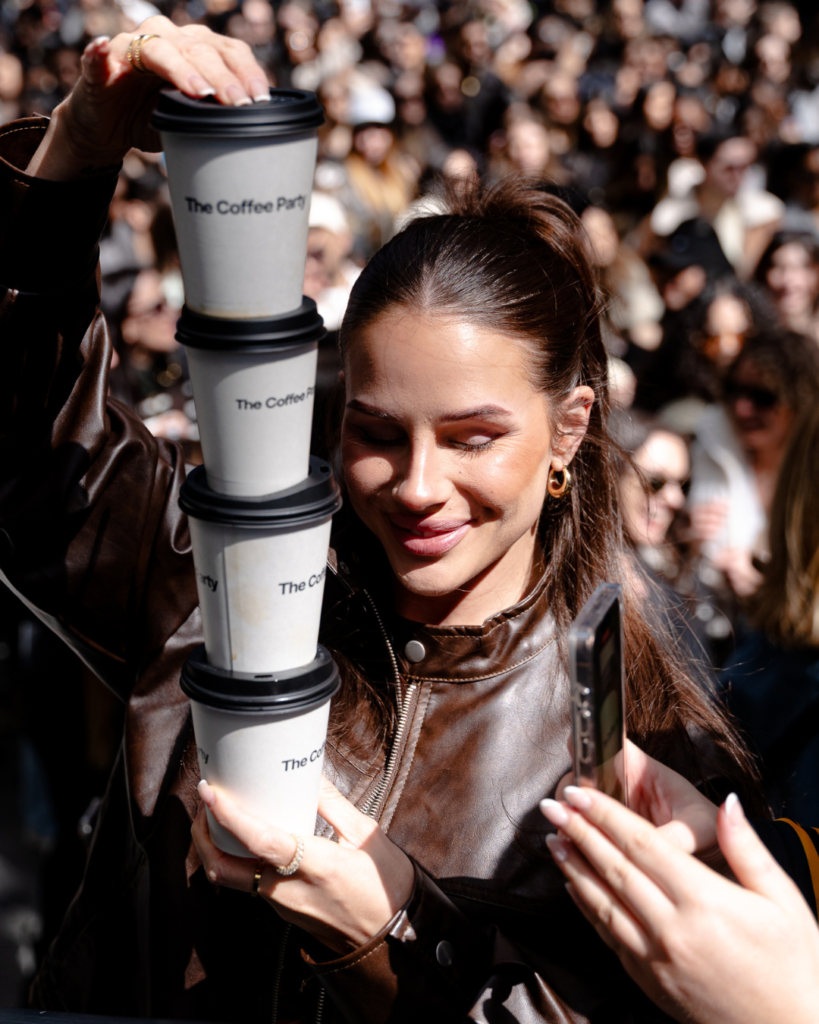

For the founders, success isn’t measured only in attendance figures. “The feedback from attendees, DJs, vendors, sponsors, everything going smoothly logistically and operationally. When we see people stay long after the music ends just to talk, connect, and thank us for creating something that makes them feel good, that’s our metric. Success for us is emotional. It’s about energy, not just numbers,” Matt says. Coffee is at the heart of the culture they are cultivating. “Coffee and music are two of the most universal connectors in the world. Coffee creates conversation and comfort, while music moves people, it brings energy and emotion. When you put those two together, it creates an energy that’s electric but still grounded. At The Coffee Party, we wanted to capture that feeling, the same high-energy atmosphere you get from nightlife, just without the pressure. You can have a cocktail if you want to, but you don’t need to. The focus is on connection, the atmosphere, and the feeling you leave with, not what’s in your cup,” Zohaib says.
Behind the scenes of The Coffee Party’s rapid rise lies a seismic shift in social culture. In the U.S., only 54 percent of adults now say they drink alcohol, marking the lowest rate since tracking began in 1939. For the 18–34 age group, drinking prevalence has dropped from about 72 percent in previous decades to around 50 percent in recent years. Simultaneously, the global non-alcoholic beverage market is booming, valued at approximately $1.3 trillion in 2024 with projections nearing $2.9 trillion by 2035. These numbers reflect more than just business. They mark a shift in how people want to socialize. What does this mean for nightlife? Traditional night out culture, bottles, bars, late hours, is no longer the only path to connection and celebration. The Coffee Party taps into this evolution, offering nightlife energy in daylight, minus the hangover. “People today are more self-aware. They want to feel good, look good, and still have fun, but without losing the next day to recovery. It’s not about cutting alcohol out completely, it’s about removing the pressure around it. For years, nightlife made people feel like drinking was the only way to belong or have fun. What we’re seeing now is a shift. People want connection, not consumption,” Zohaib explains.
For years, nightlife made people feel like drinking was the only way to belong or have fun. What we’re seeing now is a shift. People want connection, not consumption.
In creating accessible, stylish daytime experiences, The Coffee Party also responds to the inflated cost and exclusivity of classic bottle-service nightlife. “You don’t need to spend a lot to be part of it. You can just show up, grab a coffee, and enjoy the energy,” Zohaib says. This inclusive luxury, premium in feel, reachable in price, is precisely the sweet spot for modern urban socializers who value experience over excess. The brand’s format of movement, music, coffee, and culture speaks to a broader trend where wellness meets celebration. With the non-alcoholic beverage market on a steep growth path and alcohol consumption steadily falling, The Coffee Party appears not just timely, but ahead of the curve.
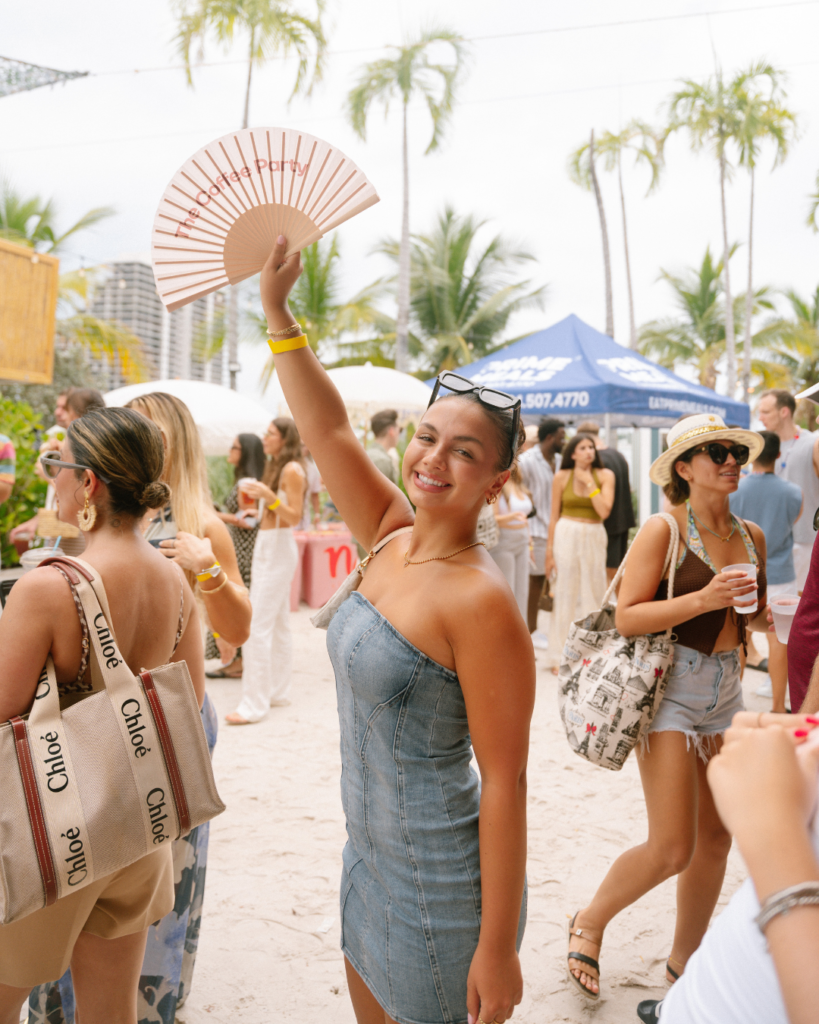
Their expansion into consumer products marks a strategic move to transform the one-off event vibe into a daily lifestyle presence. “Early on at our events, people waited forever just to get a coffee. We knew there had to be a faster, cleaner way. The Coffee Party Cold Brew was born from that need. It’s a smooth, real coffee with no fake ingredients or bad aftertaste. The can represents a plus one to your day, energy, clarity, and community in one,” Matt says. The upcoming launch of their premium cold brew, scheduled to debut during their one-year anniversary return to Toronto, extends the brand’s reach far beyond the dancefloor. It translates the same ethos of connection and morning-movement energy into a consumer product, enabling people to tap into the Coffee Party moment anytime.
The expansion roadmap includes major cultural hubs, and in five years, Zohaib sees The Coffee Party as a global lifestyle movement. “With our hero product now in market, we’ve opened the door to endless possibilities within the healthy active lifestyle ecosystem. We see ourselves collaborating with brands that share our values. Our audience, Gen Z and young professionals, lives at the intersection of health, culture, and style. That gives us massive room for creative collaborations, experiences, and new ideas.” The brand is headed to Miami during Art Basel week, then back to Toronto for the anniversary, and beyond.
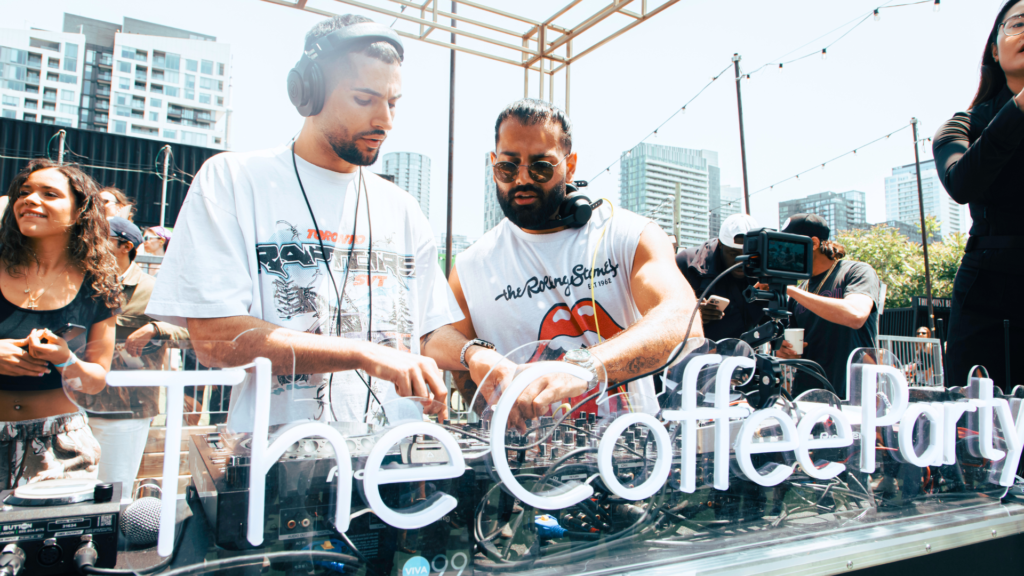
For readers of LOOP, from guests of luxury venues to nightlife insiders to trend-driven creatives, The Coffee Party represents the next chapter in how social culture evolves. It points to a future where luxury is defined less by exclusivity and excess, and more by energy, community, and experience. Where the morning is as viable as the night. Where clear-headed connection is as desirable as a blurred memory at 4 a.m. In the language of nightlife, The Coffee Party is saying, “See you on the dancefloor, just earlier and with coffee in hand.” The movement makes bright daylight feel club level but inclusive, accessible, and tuned to the way we now value our mornings as much as our nights.
From Toronto rooftops to Miami beachfronts, the brand proves that you can still chase the vibe, the beat, the community, without compromising how you feel tomorrow. “We’re part of a generational shift. People want to feel good, not numb. They want connection without the hangover. The Coffee Party gives them that with the energy of nightlife, but in the morning and with coffee instead of shots. We’re rewriting what socializing can look like: fun, elevated, and wellness-driven,” Matt says. In a world where 54 percent of adults drink alcohol and the non-alcoholic beverage market is rising into the trillions, this movement makes complete sense. “The first rule of the new dawn is simple: turn up, just with better sleep the next day.”





